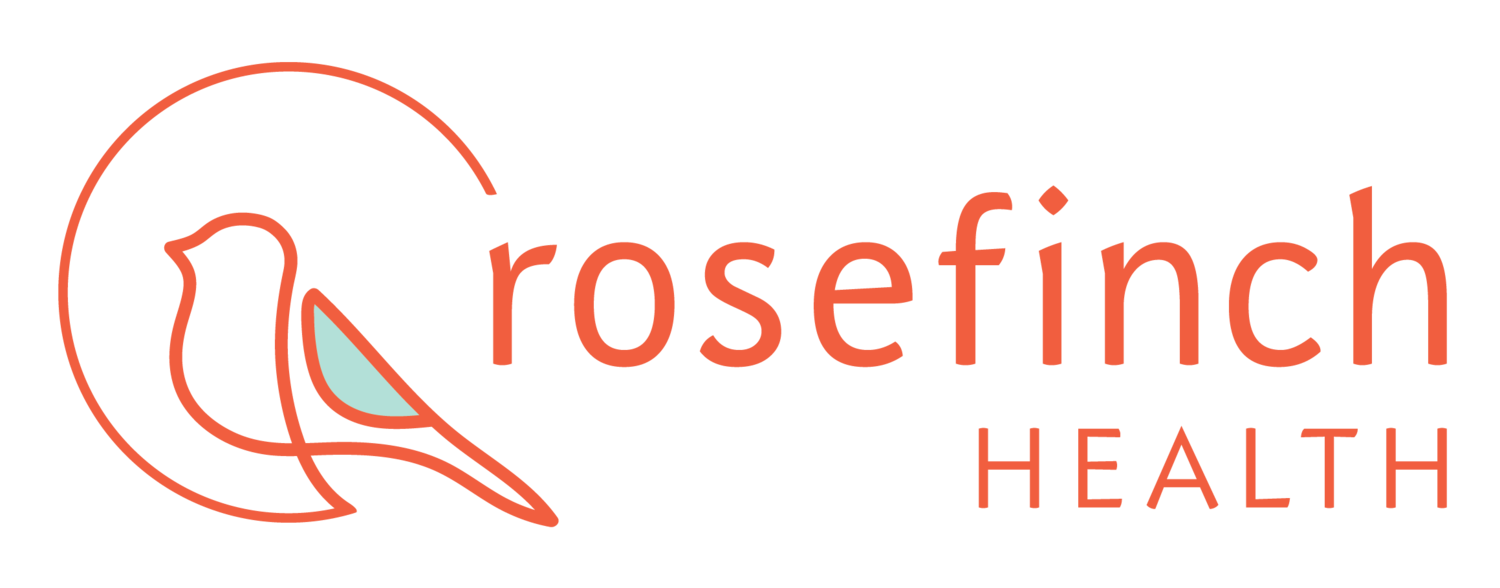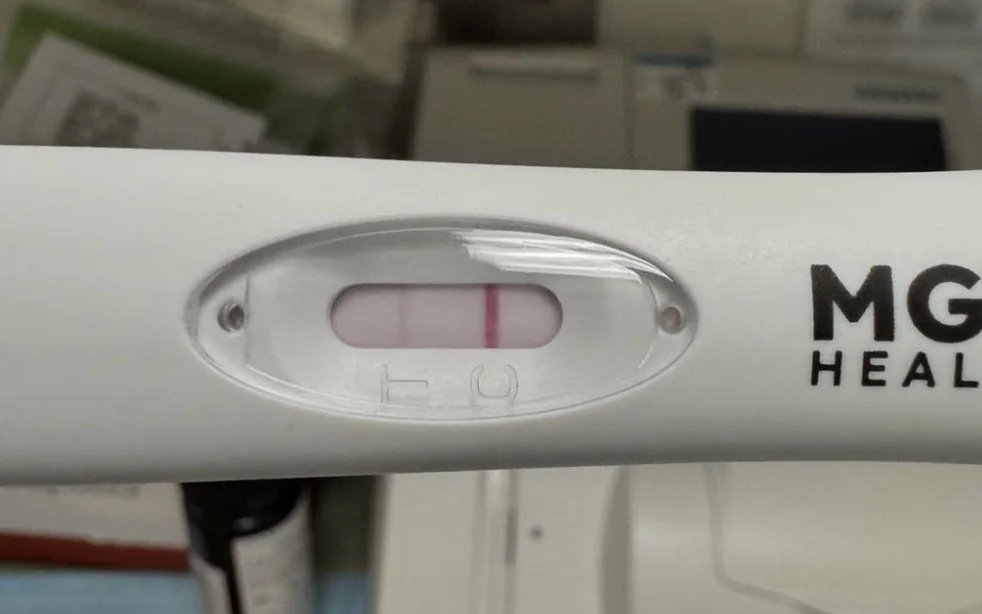Do Ovulation Predictor Kits Work?
The Science Behind Your LH Tests
Are you staring at another confusing ovulation test strip, wondering if that line is actually darker than yesterday's test? You're not alone! Millions of women and people with ovaries rely on ovulation predictor kits (OPKs) to time conception, but do these little plastic strips deliver on their promises? Recent research provides us with some fascinating insights into which tests are most effective, when to use them, and whether they truly increase your chances of getting pregnant.
The Science Behind Ovulation Predictor Kits
Ovulation predictor kits work by detecting luteinizing hormone (LH) in your urine. About 24-36 hours before you ovulate, your pituitary gland releases a surge of LH, inducing the release of an egg from a mature follicle. Most OPKs use a threshold of 25 mIU/mL of LH in the urine to detect this surge, though some premium brands use 40 mIU/mL.
But here's where it gets interesting: not all tests are created equal, and the "sweet spot" for accuracy might be different than you think.
When Should You Start Testing? Earlier Than You Think!
Groundbreaking research published in Frontiers in Public Health reveals that most of us may be starting too late. The study found that beginning LH testing on day 7 of your cycle, not the commonly recommended days 10 or 11, provides the best predictive value for ovulation within 24 hours.
This makes perfect sense when you think about it. LH can surge earlier than expected, especially if you have shorter or irregular cycles. Starting earlier means you're less likely to miss that crucial window. The researchers discovered that testing from day 7 to day 20 increased accuracy significantly compared to testing for just a few days during the mid-cycle.
The Optimal LH Threshold: 25-30 mIU/mL Hits the Sweet Spot
The same study analyzed 283 cycles from 107 women and found that LH thresholds between 25-30 mIU/mL provided the best balance of positive predictive value (50-60%) and negative predictive value (98%). This means if your test shows positive at this level, you have roughly a 50-60% chance of ovulating within 24 hours. If it's negative, you can be 98% confident ovulation isn't happening soon.
Interestingly, the research showed that combining peak cervical mucus observation with a positive LH test (≥25 mIU/mL) increased specificity to an impressive 97-99%, compared to using either method alone.
Do Ovulation Tests Really Improve Your Chances?
Here's the million-dollar question: do OPKs actually help you get pregnant faster? A randomized controlled trial published in Human Reproduction followed 210 women trying to conceive and found some reassuring news.
The big takeaway? Using ovulation tests doesn't increase your stress levels in generally fertile people trying to conceive. This study debunked the persistent myth that timing intercourse with ovulation tests causes emotional distress. People using digital ovulation tests reported feeling more confident and having a better understanding of their menstrual cycles.
Even better, the pregnancy rates were actually higher in the group using ovulation tests (43% vs 30% in the control group), though the study wasn't large enough to prove statistical significance. The researchers concluded that ovulation tests don't harm your chances of conception and may provide additional benefits.
While it's reassuring that OPKs don't cause stress in generally fertile people trying to conceive, we can't assume the same holds true for those facing infertility challenges. Questions remain about the psychological response to ovulation testing in people who have been trying longer or were diagnosed with infertility. Those undergoing fertility treatments may already have heightened stress. It is well understood that the burden of infertility can increase feelings of stress, depression, and anxiety. I think it is reasonable to expect that repeated negative pregnancy tests despite “perfect” timing could increase frustration. Additionally, the pressure of medical monitoring, like blood work and ultrasounds, plus OPK tracking, might compound stress. The researchers acknowledged this gap, noting that "psychological stress in this group of women is likely to be quite different" from their study population.
Anyone dealing with fertility issues should discuss OPK use with their healthcare provider, especially if they notice the testing is adding to their stress levels.
Which Brands Actually Work Best?
A recent head-to-head comparison published in Fertility and Sterility tested five popular OPK brands and compared them to blood LH measurements, the gold standard for LH detection. The results might surprise you!
All five brands performed remarkably similarly:
Easy@Home: 95.88% accuracy ($0.30 per test)
Wondfo: 94.85% accuracy ($0.24 per test)
Pregmate: 96.90% accuracy ($0.20 per test)
Clearblue: 91.75% accuracy ($1.70 per test)
Clinical Guard: 91.75% accuracy ($0.18 per test)
The most surprising finding? The cheapest tests performed just as well as the expensive ones! There was no statistical difference in accuracy between a $0.18 test strip and a $1.70 digital test. However, users reported slightly less confidence in the Clinical Guard results and were less likely to purchase that brand again.
The Bottom Line: OPKs Are Worth It
Based on this research, here's what you need to know:
· Ovulation predictor kits are highly accurate (91-97% across all tested brands)
· You don't need to buy expensive tests – cheap strips work just as well
· Start testing on day 7 of your cycle for best results
· Look for tests with 25 mIU/mL sensitivity for optimal prediction
· Combine with cervical mucus tracking for even better accuracy
Pro Tips for Success
Test with first morning urine for most concentrated LH levels
Test for at least 5 days or until you get a positive
Don't stop at one positive – continue testing to confirm the surge
Track your patterns – your LH surge timing can vary cycle to cycle
Consider the 3-day rule – one positive followed by three negatives occurred before ovulation in 31% of cycles
The research is clear: ovulation predictor kits are valuable tools that can help you understand your cycle and time conception attempts. You don't need to break the bank buying premium brands, but you do need to start testing earlier than most package instructions suggest. Combined with other fertility awareness methods, OPKs can give you the confidence and knowledge to optimize your fertility journey.
Ready to start testing?
Pick up some inexpensive test strips, mark day 7 on your calendar, and get ready to become an ovulation-prediction pro! If you need support to help you ovulate regularly, please contact us. Acupuncture and the Whole System of Chinese Medicine can be effective in supporting ovulation and regulating cycles.


